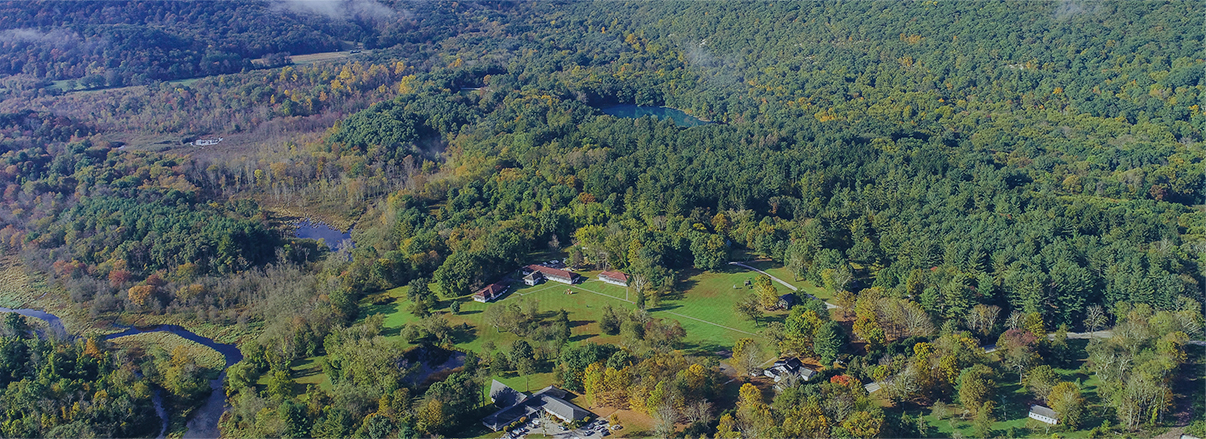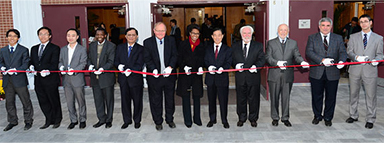Definition of People Movement

The following is an excerpt from the book 'Understanding Church Growth, Third Edition' by Donald A. McGavran and edited by C. Peter Wagner:
Despite its importance, the concept of people movements is relatively new and needs precise definition. Some objection to the thing itself arises from a misunderstanding of the term that identifies it with undesirable methods. First, then, let us ask, what is a "people"? The word has three meanings. It may mean individuals or persons, as in the sentence, "I met several people today." It may mean the public, the masses, or the common people, as in "The People's Republic" or the phrase "the will of the people." It may also mean a tribe, a caste, or any homogeneous unit where marriage and intimate life take place only within the society. The term "people movement uses the word exclusively in this third sense. A people is a tribe or caste, a clan or lineage, or a tightly knit segment of any society.
A tribe movement is always a people movement - that is, it is the movement of a single people. The term "tribal movement" is not used here, however, because a tribe is only one of many possible cultural groups that can move together to Christian faith. The society moving may be a caste, a clan, some extended families, or a linguistic group that would resent being called a tribe or caste. The word "people" best describes these various kinds of societies that may move together into the church.
The Jews in the United States are a people. One could have a people movement to Christ from among the Jews. They might then become Christians while maintaining their taboo against pork and their strong desire to marry only within their community. The first large Japanese movement to Christ (1882-87) was probably a people movement of the warriors of Japan, the Samurai. A small Brahmin people movement to Christianity occurred in Orissa, India. It is not necessary for the people to be primitive, though for understandable reasons most successful people movements have been from among underprivileged masses.
It is helpful to observe what a people movement is not. It is not large numbers becoming Christians, although it can be. Many people movements consist of a series of small groups coming to decision. At any one time only one group makes a decision, is instructed, and is baptized. A people movement does not involve careless accessions or hurried baptizing.
It is a mistake to assume that People Movement Christians, merely because they have come to Christian faith in chains of families, must inevitably be nominal Christians. Such an assumption is usually based on prejudice, not fact... People movements in themselves do not [produce] nominal Christians (McGavran 1955:74).
Neither does a people movement involve neglect of quality and post-baptismal care. Such neglect will, in fact, guarantee the failure of any people movement. Nor are people movement caused by missionaries' hunger for numbers or haste to baptize, so that they can report large accessions to their supporters. Many of them start in the face of doubt on the part of the missionary that they are a good thing.
A people movement is not a mass movement. This unfortunate tem, which should never be used, gives an entirely erroneous idea that large, undigested masses of human beings are moving instantaneously into the church. On the contrary, what frequently happens in people movements is that relatively small, well-instructed groups - one this month and one several months later - become Christians. Numbers are achieved, to be sure; but usually only with the passage of time.
Bearing these in mind, a definition of this type of movement can now be given. A people movement results from the joint decision of a number of individuals all from the same people group, which enables them to become Christians without social dislocation, while remaining in full contact with their non-Christian relatives, thus enabling other segments of that people group, across the years after suitable instruction, to come to similar decisions and form Christian churches made up exclusively of members of that people. Each phrase of this description adds a needed dimension of meaning, and the complete definition helps one to understand the people-movement type of church growth.
Waskom Pickett says that people movements:
constitute for many the most natural way of approach to Christ. The more individualistic way preferred in Western countries is not favored by peoples trained from early childhood to group action. To object to [people] movements is to place obstacles in the path along which an overwhelming proportion of Indian Christians have come to profess faith in Jesus Christ. We see no reason to believe that any considerable proportion of [people] movement converts could have been brought to Christ along any other path. Nor do we see any reason to wish that they had been led by any other way. (1933:330)
K. S. Latourette was speaking of people movements when he wrote:
More and more we must dream in terms of winning groups, not merely individuals. Too often, with our Protestant, nineteenth-century individualism, we have torn men and women, one by one, out of the family, village, or clan, with the result that they have been permanently de-racinated and maladjusted. To be sure, in its last analysis, conversion must result in a new relationship between the individual and his Maker, in radiant transformed lives. Experience, however, shows that it is much better if an entire natural group - a family, village, caste, or tribe - can come rapidly over into the faith. That gives reinforcement to the individual Christian and makes easier the Christianization of the entire life of the community (Latourette 1936:159).



